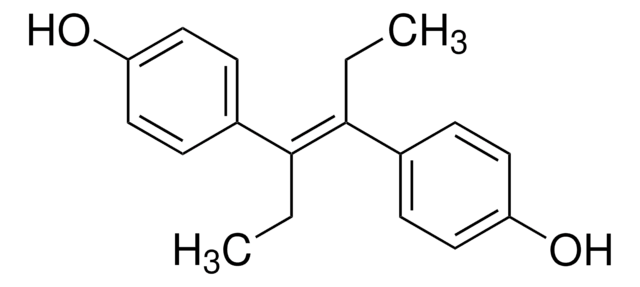推荐产品
等級
analytical standard
品質等級
同位素純度
95 atom % D
化驗
≥98.0% (HPLC)
儲存期限
limited shelf life, expiry date on the label
技術
HPLC: suitable
gas chromatography (GC): suitable
應用
environmental
forensics and toxicology
pharmaceutical (small molecule)
形式
neat
質量偏移
M+3
SMILES 字串
[2H]C([2H])([2H])C(C(O)=O)c1ccc(CC(C)C)cc1
InChI
1S/C13H18O2/c1-9(2)8-11-4-6-12(7-5-11)10(3)13(14)15/h4-7,9-10H,8H2,1-3H3,(H,14,15)/i3D3
InChI 密鑰
HEFNNWSXXWATRW-HPRDVNIFSA-N
一般說明
布洛芬-d3是布洛芬的一种同位素标记化合物,属于非甾体抗炎药类(NSAID)。
應用
布洛芬-d3 已用作内标,用于通过高效液相色谱-质谱联用(HPLC/MS-MS)分析河水中的药物残留。
布洛芬-d3已用作内标,用于通过高效液相色谱-质谱联用(HPLC/MS-MS)分析河水中的药物残留。布洛芬-d3可作为内标,用于通过色谱技术对环境样品中的双氯芬酸(DCF)进行测定。
有关适用仪器技术的更多信息,请参考产品分析证书。如需进一步支持,请联系技术服务部门。
包裝
无底玻璃瓶。内含物在插入的融合锥体内。
應用
訊號詞
Warning
危險聲明
危險分類
Acute Tox. 4 Oral - Eye Irrit. 2 - STOT SE 3
標靶器官
Respiratory system
儲存類別代碼
11 - Combustible Solids
水污染物質分類(WGK)
WGK 1
閃點(°F)
Not applicable
閃點(°C)
Not applicable
個人防護裝備
dust mask type N95 (US), Eyeshields, Gloves
Formation of diclofenac and sulfamethoxazole reversible transformation products in aquifer material under denitrifying conditions: batch experiments
Barbieri M, et al.
The Science of the Total Environment, 426, 256-263 (2012)
Athanasios Mantas et al.
Pharmaceutics, 11(2) (2019-02-10)
The formulation of arylpropionic acid derivatives (profens), which are poorly soluble Biopharmaceutical Classification System (BCS) Type II drugs, has a strong impact on their therapeutic action. This article shows that heat-treated powder mixtures of free acid profens with high surface
Jaime Nivala et al.
The Science of the total environment, 649, 1144-1156 (2018-10-13)
Six pilot-scale treatment wetlands treating municipal wastewater were monitored for classical wastewater parameters and selected Emerging Organic Compounds (EOCs): caffeine (CAF), ibuprofen (IBU), naproxen (NPX), benzotriazole (BTZ), diclofenac (DCL), acesulfame (ACE) and carbamazepine (CBZ) on a weekly basis over the
Yolanda Picó et al.
The Science of the total environment, 652, 562-572 (2018-10-28)
In arid and semi-arid areas the use of treated wastewater for crop irrigation and other agricultural practices, such as the use of pesticides, increase the number of emerging contaminants (ECs) in crops. Hazards of these practices to human being are
Pharmaceutical residues in the river Rhine?results of a one-decade monitoring programme
Sacher F, et al.
Journal of Environmental Monitoring, 10, 664-670 (2008)
Chromatograms
suitable for GCapplication for HPLC我们的科学家团队拥有各种研究领域经验,包括生命科学、材料科学、化学合成、色谱、分析及许多其他领域.
联系技术服务部门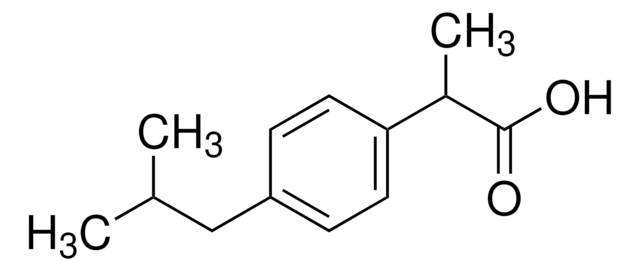

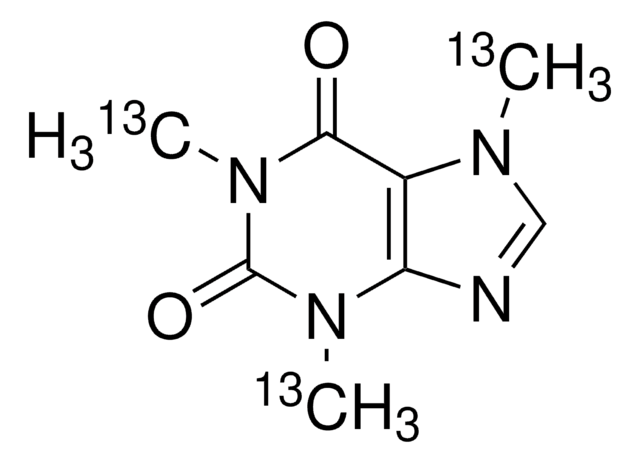
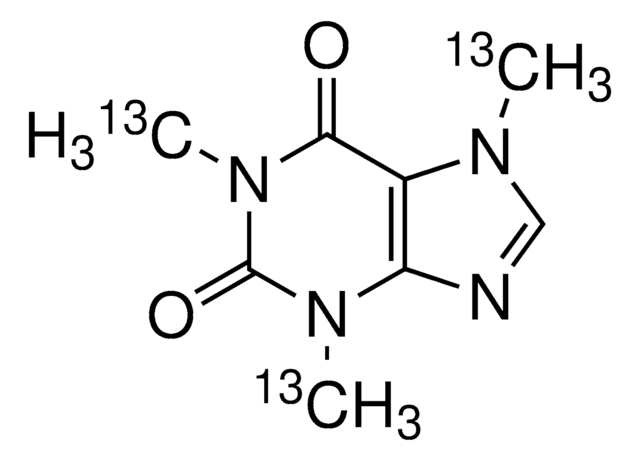
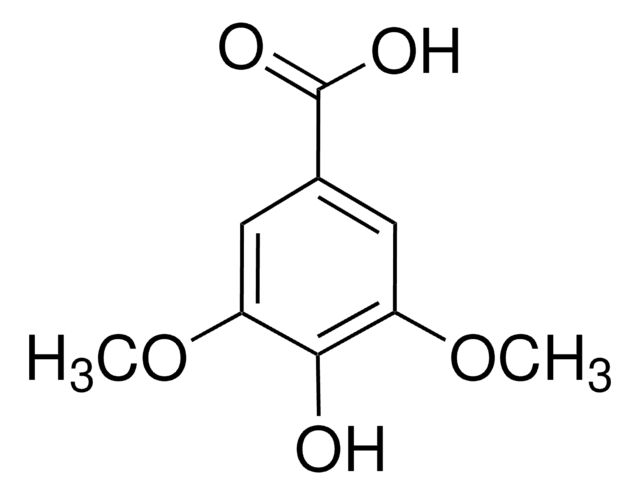


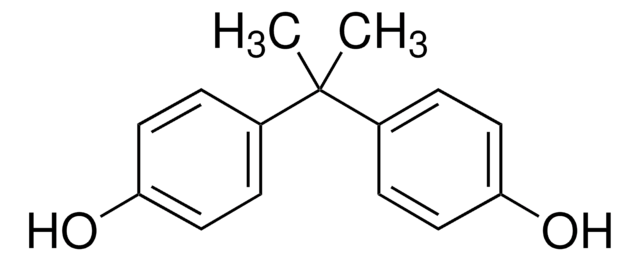
![1,3,4,6,7,8-六氢-4,6,6,7,8,8-六甲基环戊并[g]-2-苯并吡喃 certified reference material, TraceCERT®, mixture of isomers, Manufactured by: Sigma-Aldrich Production GmbH, Switzerland](/deepweb/assets/sigmaaldrich/product/structures/388/630/32c6a671-64a6-4e33-9e15-ec3e0a11ff3d/640/32c6a671-64a6-4e33-9e15-ec3e0a11ff3d.png)
